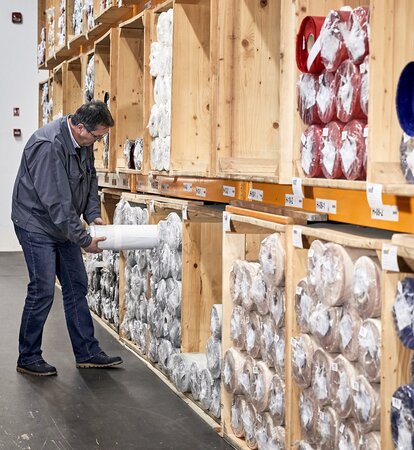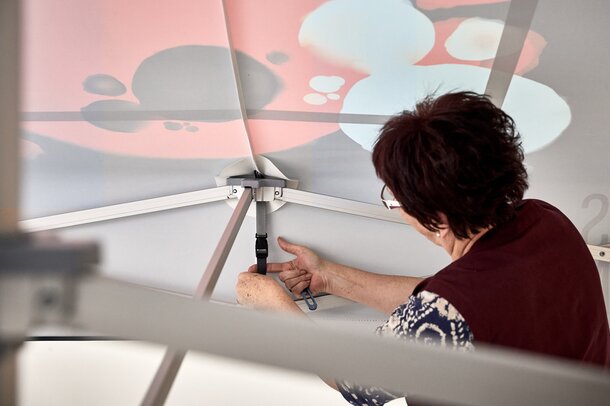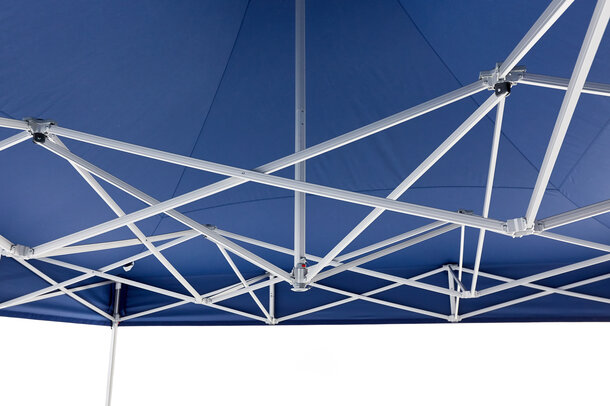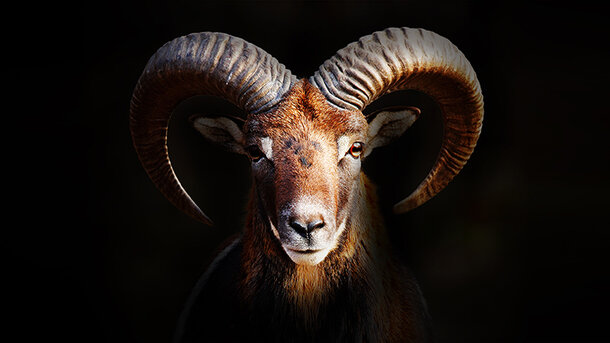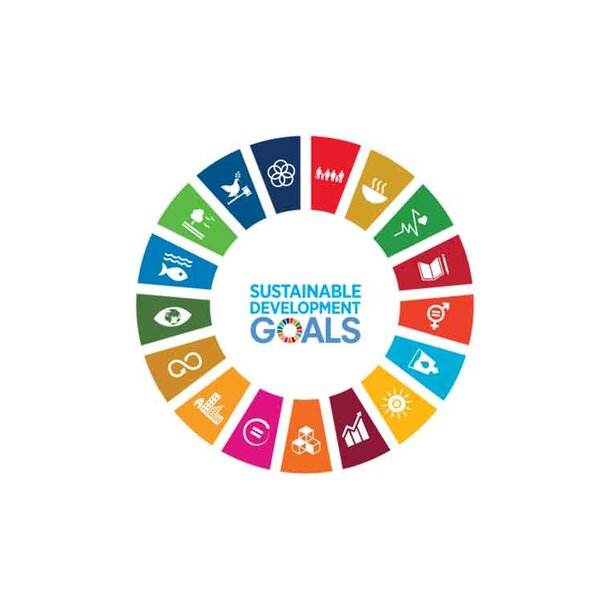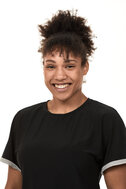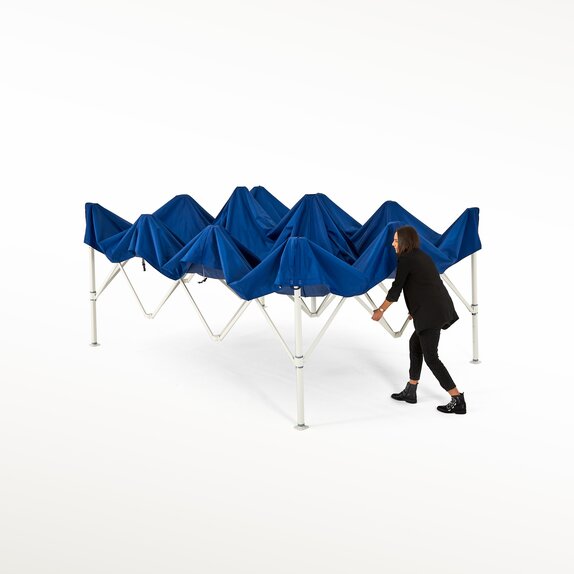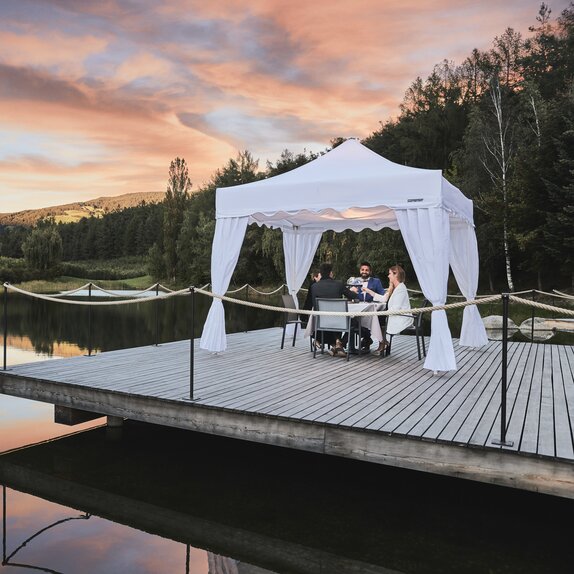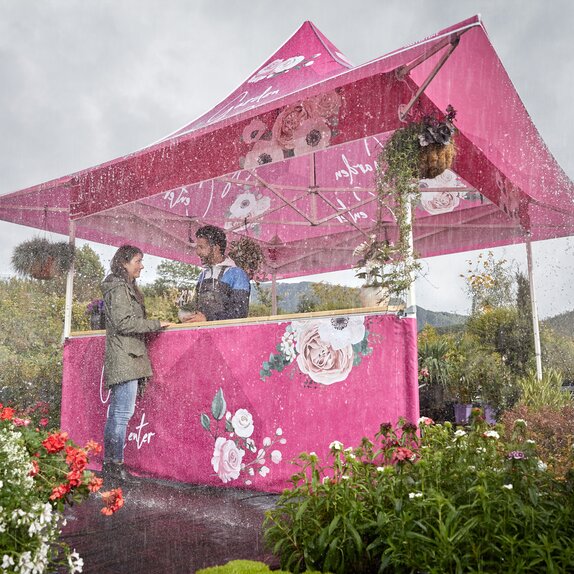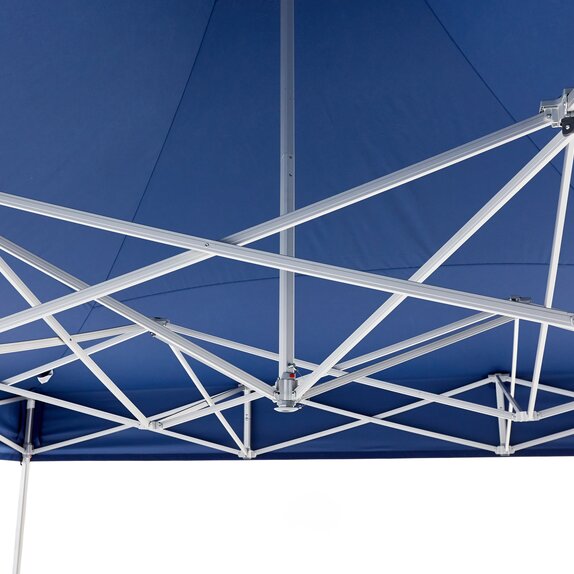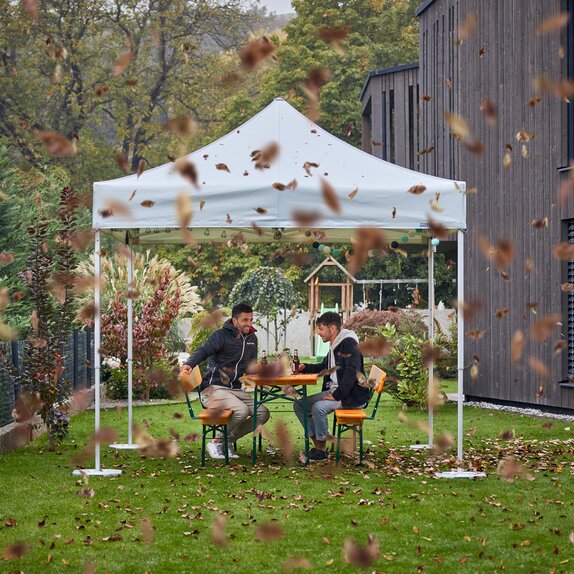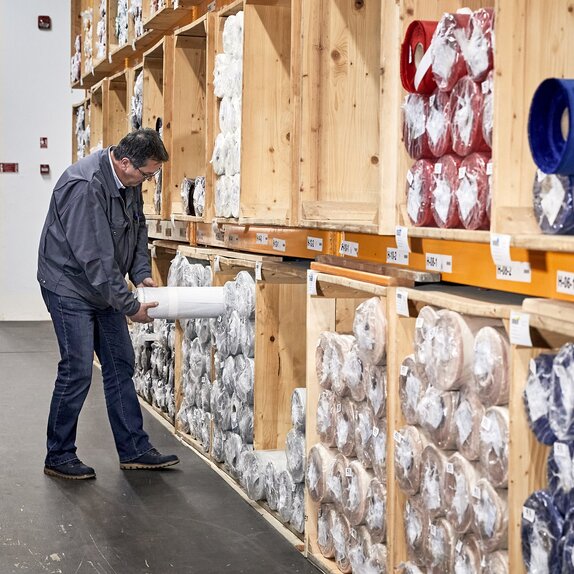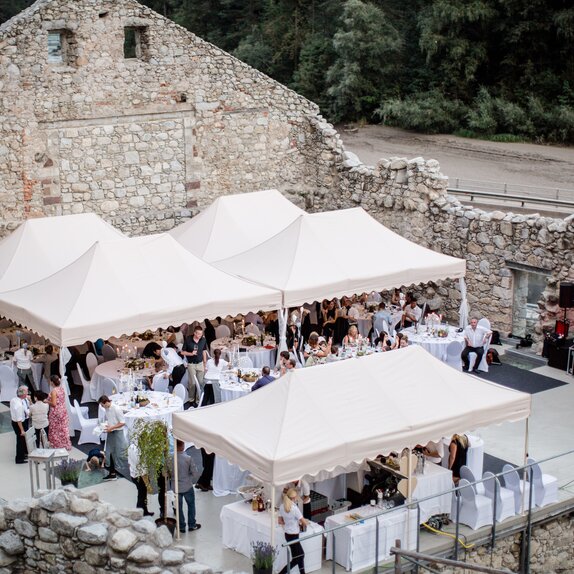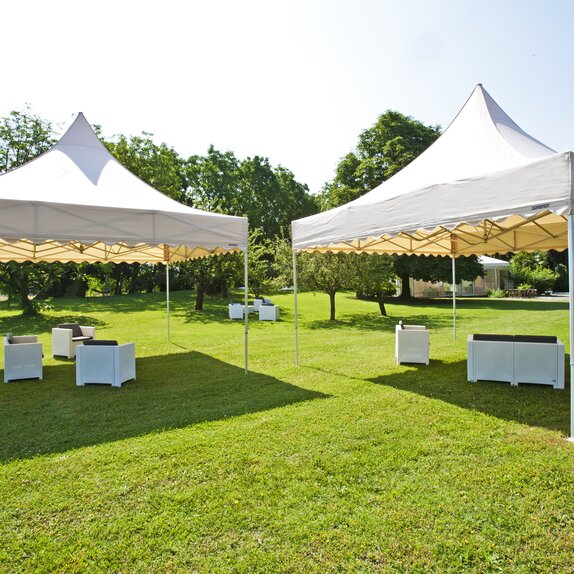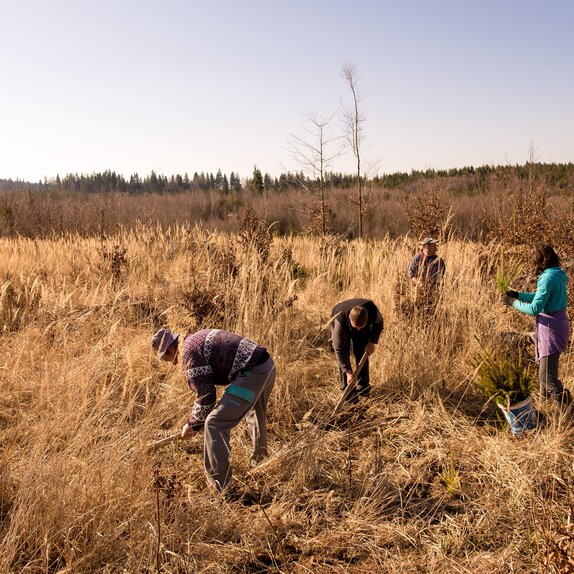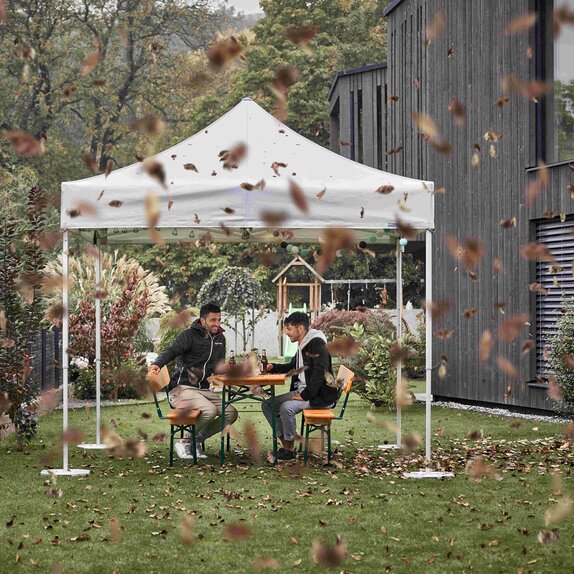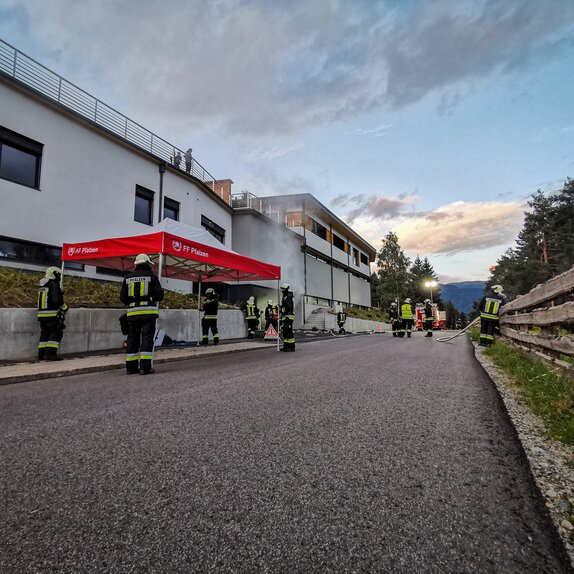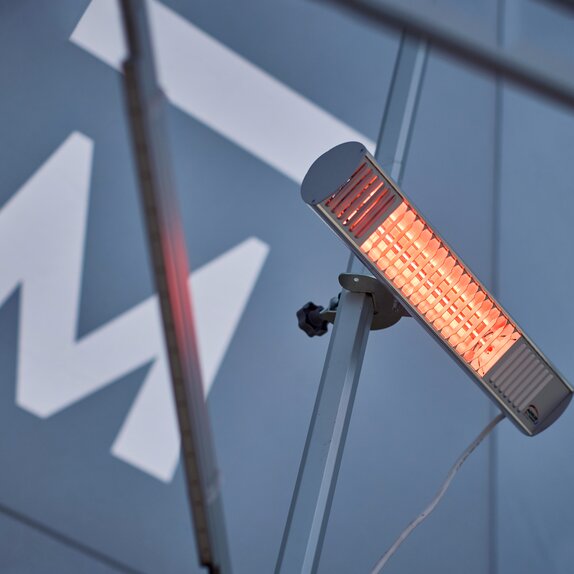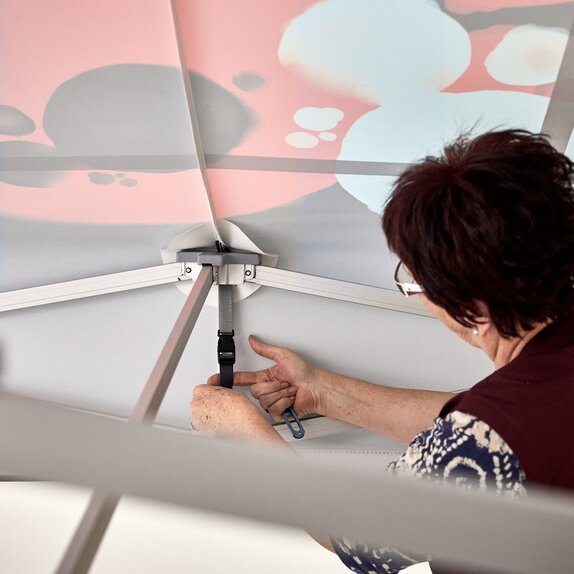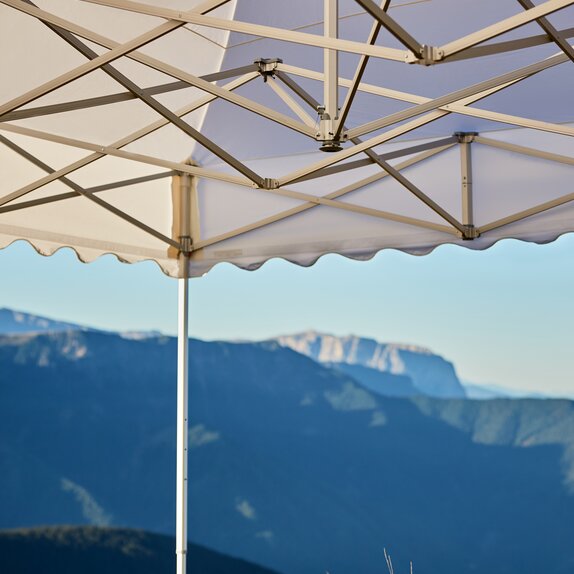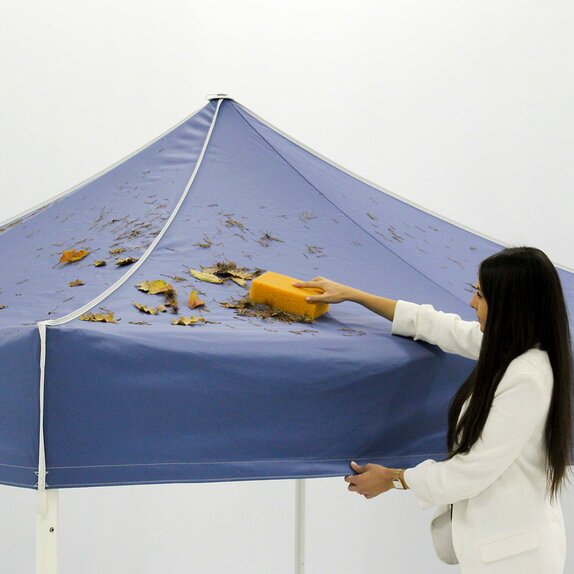Choosing Quality Gazebo Materials
How can you evaluate the quality of the folding gazebo's materials?
In this third part of "How to Choose the Best Gazebo", we will learn how to distinguish high-quality raw materials from cheap ones.
We have now reached the final tips which will help you to choose a high-quality gazebo. If you haven't already done so, we recommend you to read the first two chapters: The first one about the easy and fast set-up and the second about durability, warranties and certificates, after-sales customer service, as well as insurance options.
6. Origin of the Materials and the Final Product
We all want to know where the materials for the products we buy come from and where they are produced and controlled. Firstly, to get an idea of the economic situation, and secondly, because it is an indicator of quality. Anything produced within the EU must be subject to strict controls regarding safety and quality, which is why it is always advisable to rely on EU manufacturers. Moreover, what you pay for is the quality of the product and not the transport costs!
If a company is not transparent about where the tent is produced and where the raw materials come from, you probably have to expect unpleasant surprises or inferior products.
7. Recognising the Quality of Gazebo Materials
Folding Gazebo Frame
The quality of the raw materials from which a folding gazebo is made drastically influences its performance and durability.
The folding gazebo structure can be made of aluminium or iron. The textile of the roof, on the other hand, can be made of polyester or PVC. Scroll down and you will find out more about the differences between aluminium and steel.
If you choose an aluminium gazebo, it is important that it is anodised. The anodising process consists of placing the aluminium work piece in a tub of water and passing an electric current through it. In this way, aluminium atoms combine with oxygen atoms to create a porous protective layer on the surface of the piece. This layer serves as a safe protection against corrosion, scratches and dirt. To distinguish an anodised aluminium gazebo structure from one made of untreated aluminium, one can rely on the glossiness or mattness of the surface; if it is matt and slightly porous, there is a good chance that the aluminium is anodised. Anodising is compatible with colouring and indeed increases the life of the paint. Anodised aluminium remains completely recyclable.
Folding Gazebo Cover
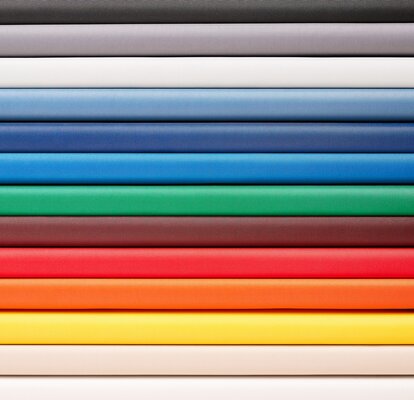
The canopy fabric of the gazebo has equally technical features, and regardless of the type of material this must:
- have TÜV certification;
- be robust: DEN is used to measure the robustness of fabrics. A tent fabric of 500D or more can be considered adequately robust;
- be REACH-compliant;
- be waterproof: the water column in mm is used to measure the impermeability of fabrics (read more about waterproofness here). The higher this value, the more water resistant a fabric will be. A tent fabric is considered waterproof when the water column is greater than or equal to 1,300mm;
- be fireproof: as we have already seen in the certificates section, it is very important that the fabric is fireproof.
- be elastic: the elasticity of a gazebo fabric is the property that allows the fabric to remain tightly stretched over the structure at all times and that prevents premature tearing or holes. This is measured by means of the elastic behaviour test according to EN 53360. The lower the value recorded, the less the fabric permanently deforms when subjected to tension. A good gazebo fabric should never exceed 10%.
- be resistant to flexion: given the dynamic use to which folding tents are put, it is important that they have been tested according to DIN EN ISO 32100 for resistance to flexion. The best fabrics resist up to 31,000 folds when exposed and 100,000 folds when unexposed to UV light.
- have durable colours: knowing the colouring process of the fabric can be very useful. The Solution Deying process for example, besides being more environmentally friendly, makes the fabric dye far more durable than a traditional dip dyeing.
- be lightfast: there is also a reference standard for colourfastness, in this case we are talking about: DIN EN ISO-105 B02 for the blue scale and DIN EN ISO-105 A02 for the grey scale. Check that these values are as high as possible for a maximum of 8 for the former and 5 for the latter.
Compare these aspects and choose the fabric with the best characteristics for your needs.
If the company does not give any information about the quality of the materials used in the production of folding tents, it is always advisable to be careful.
